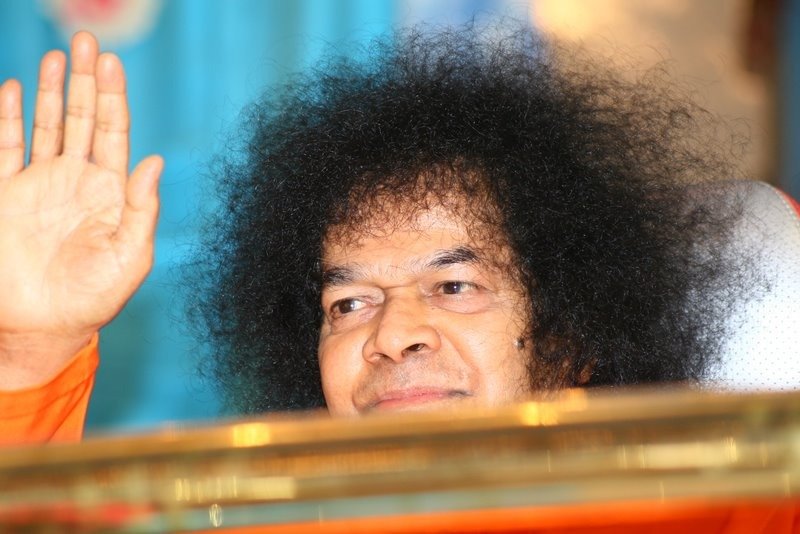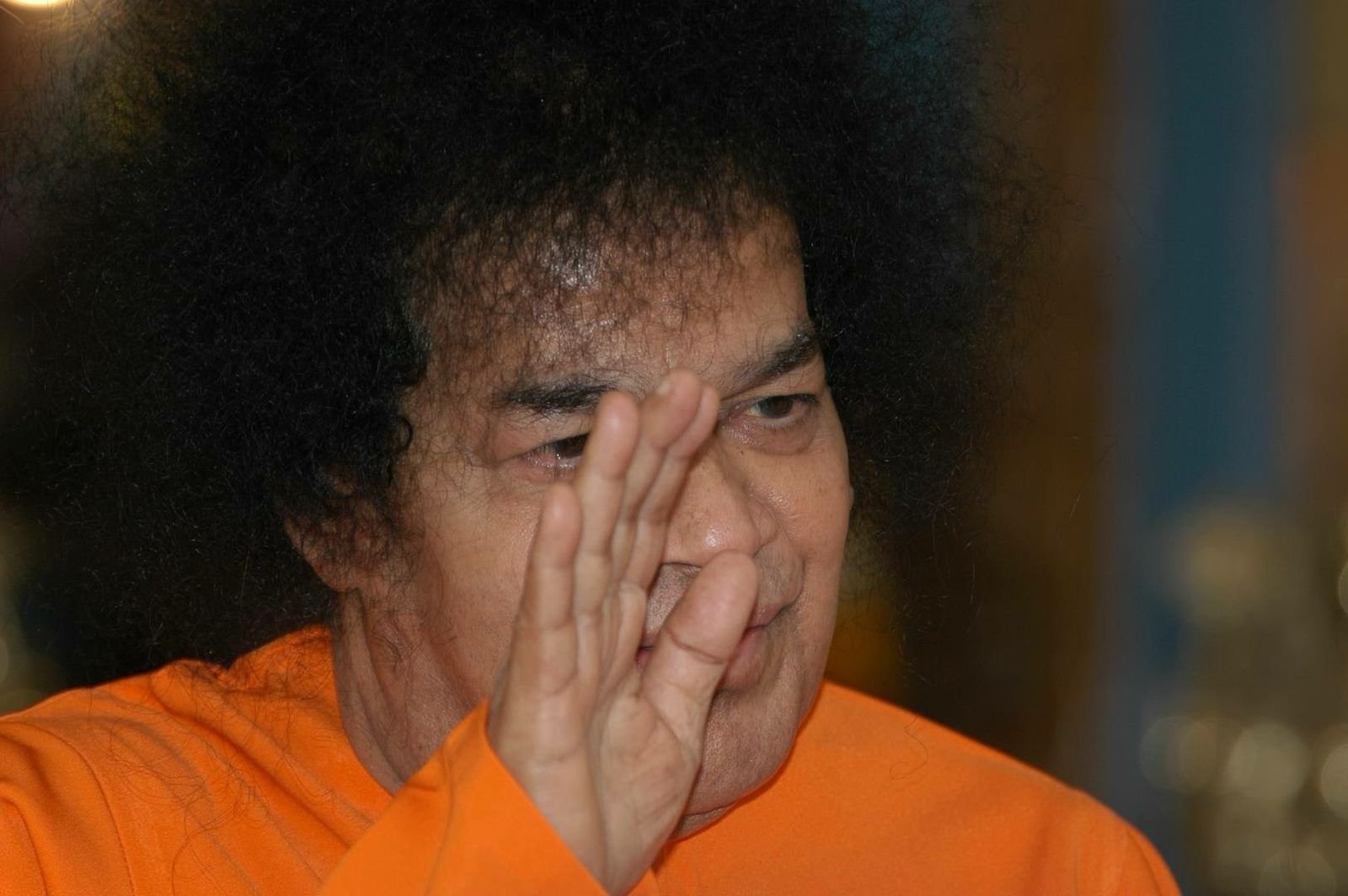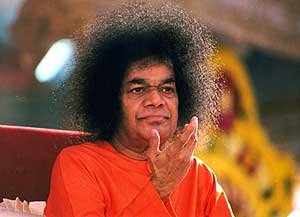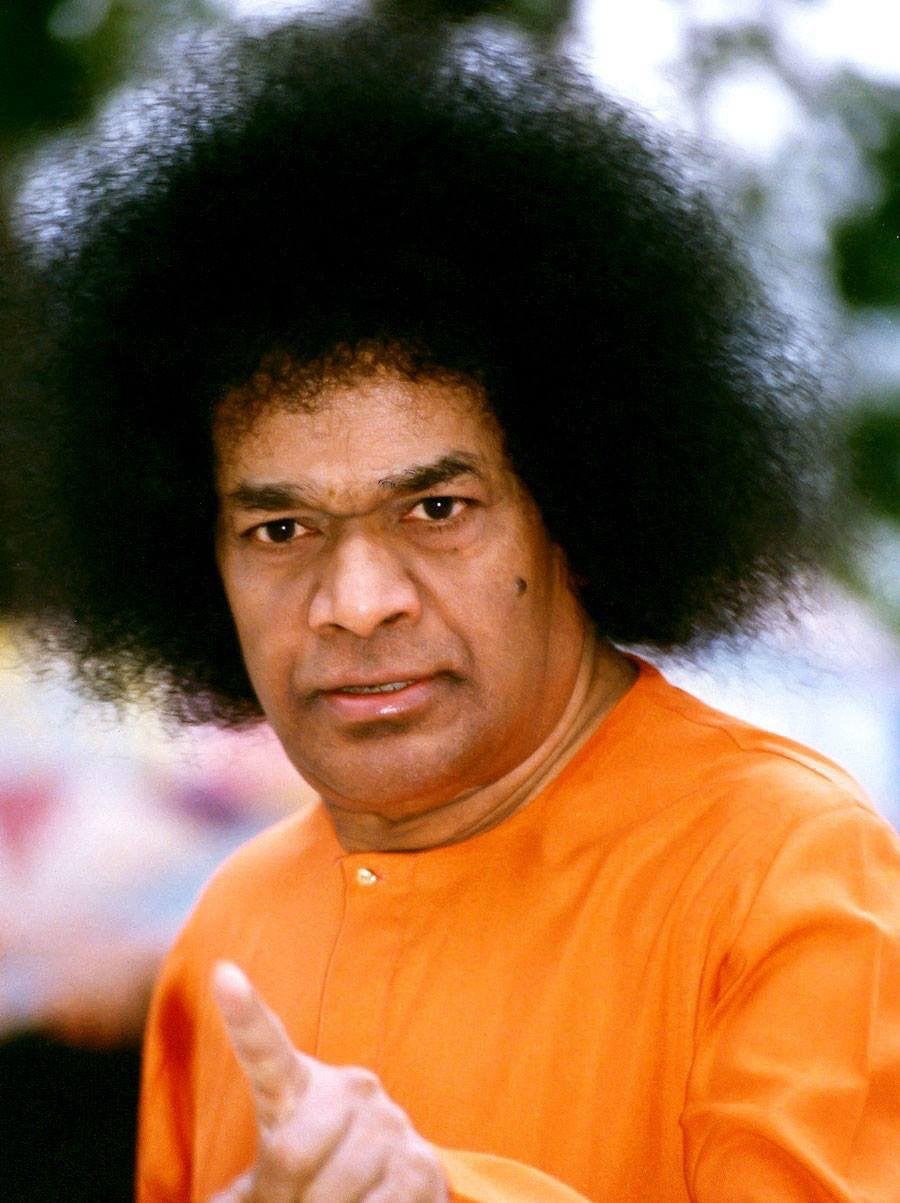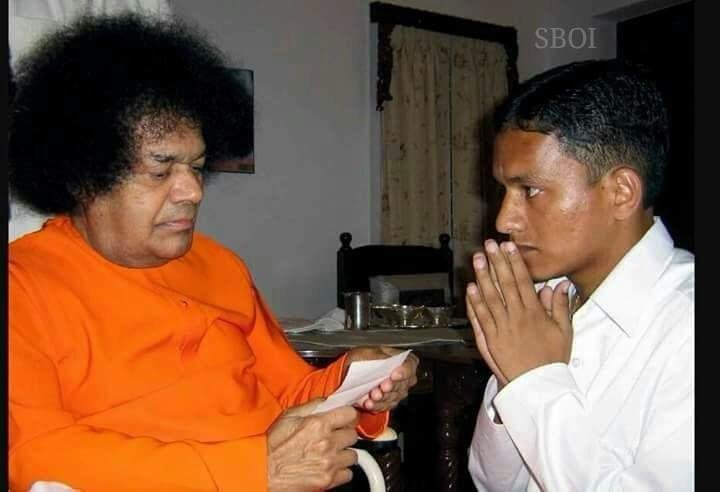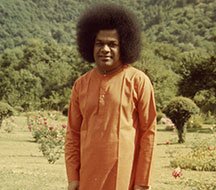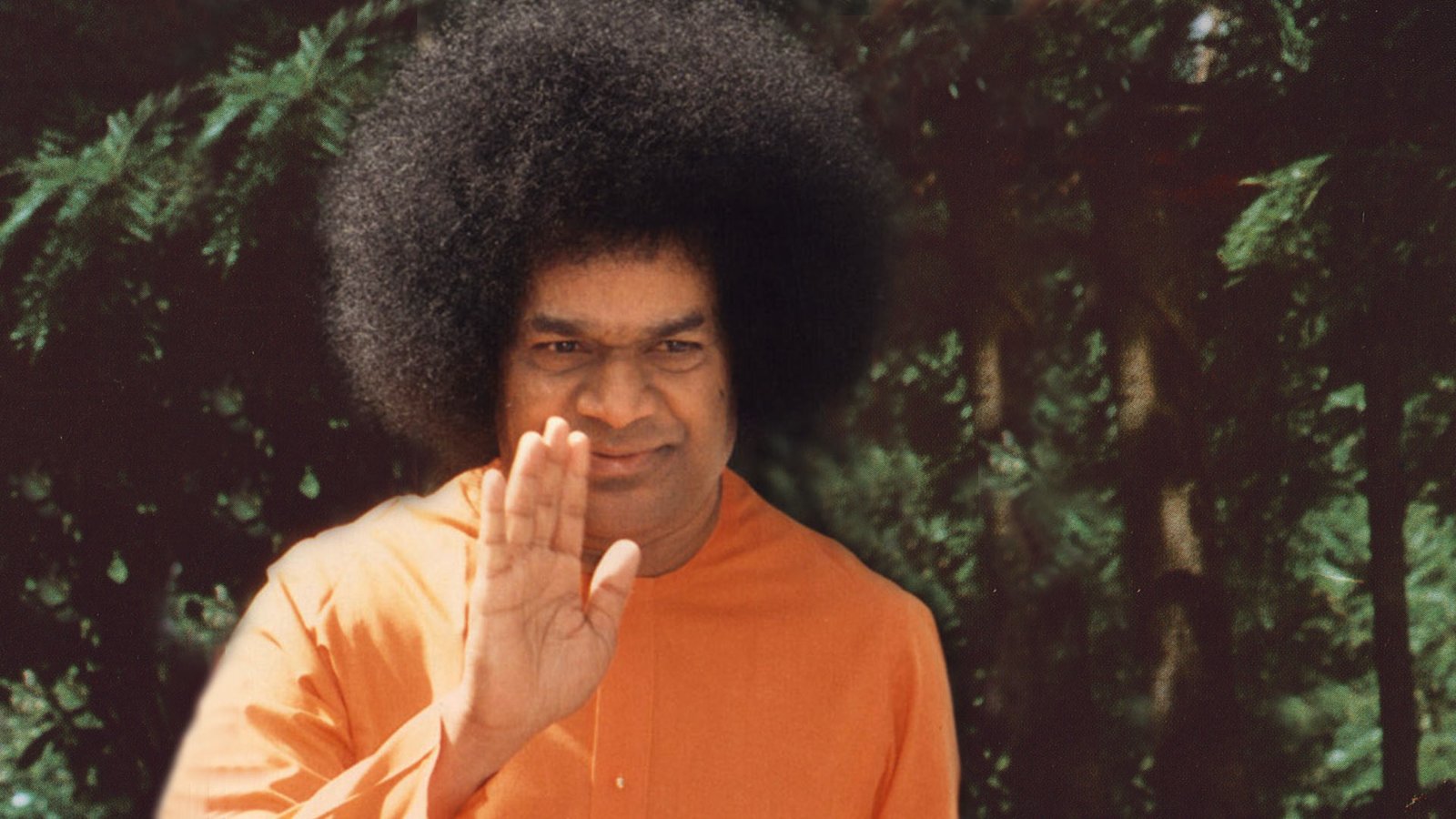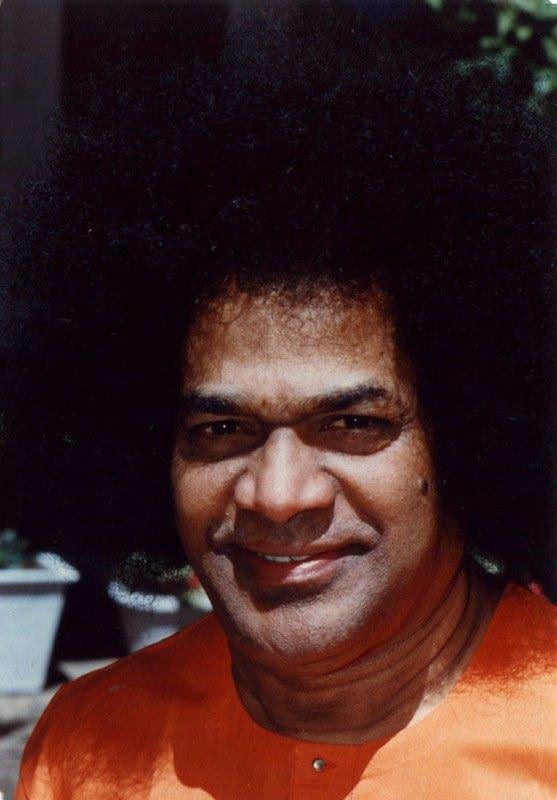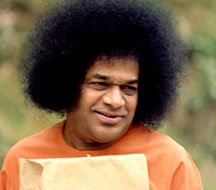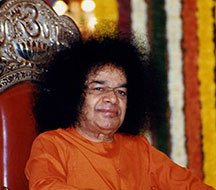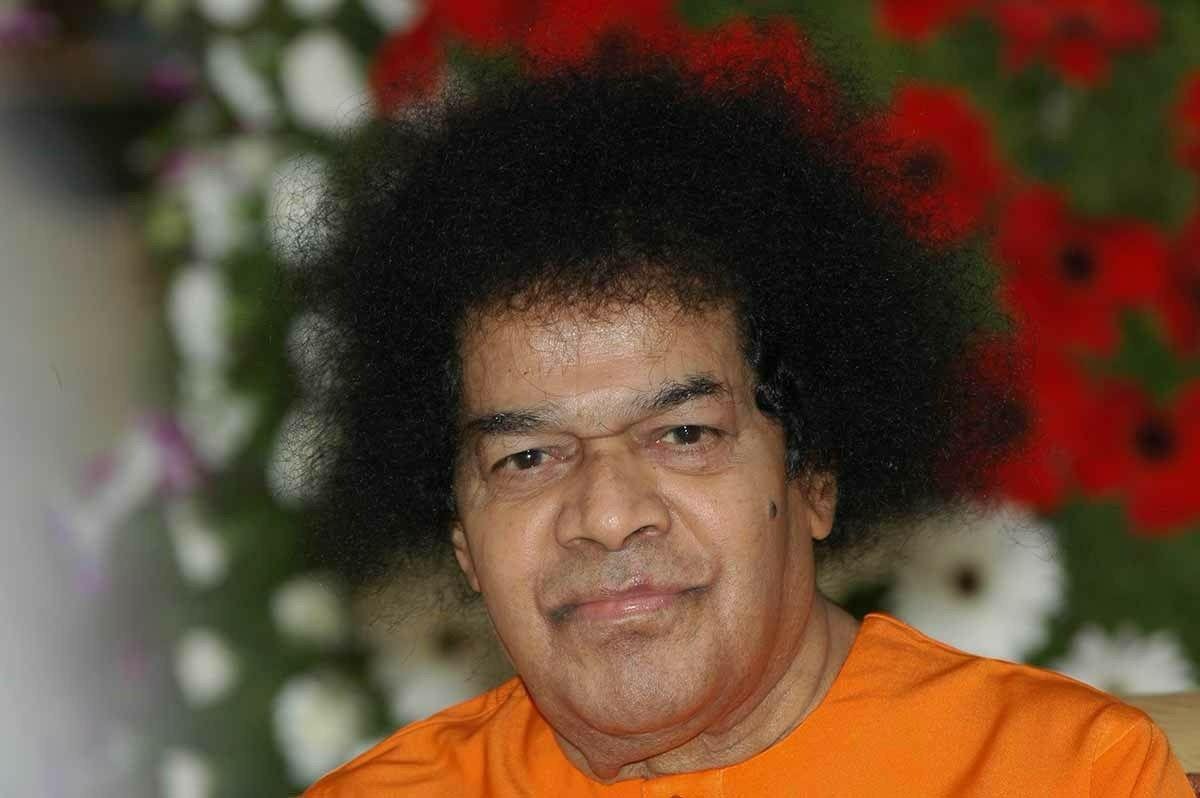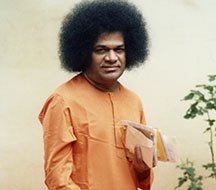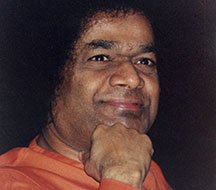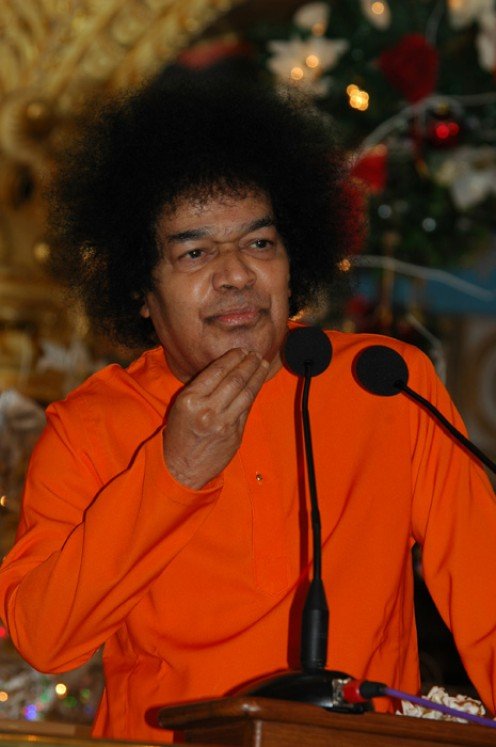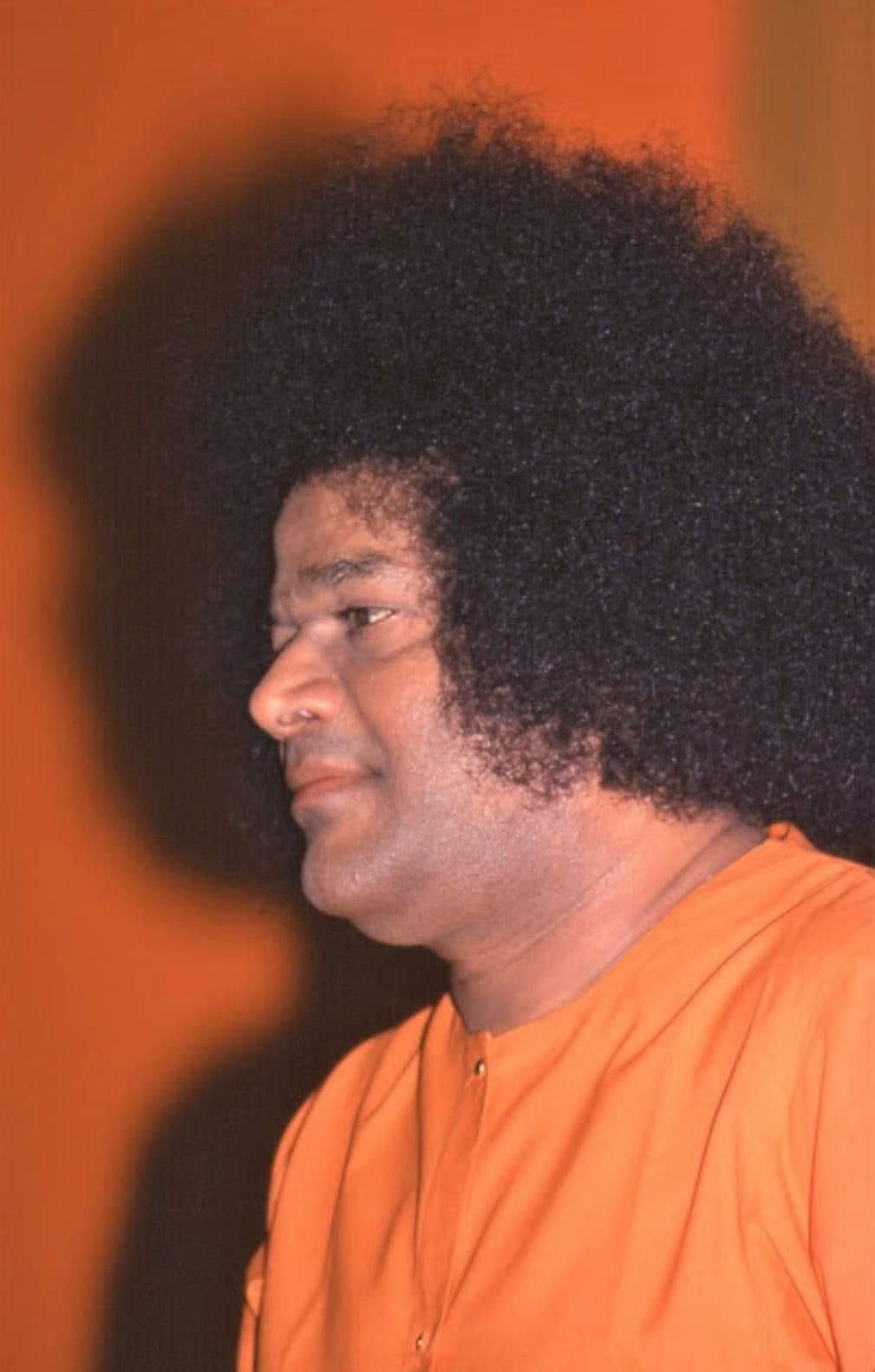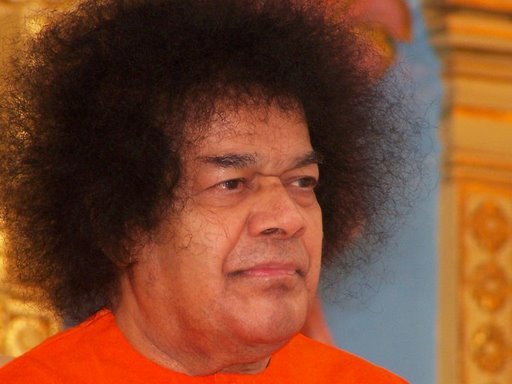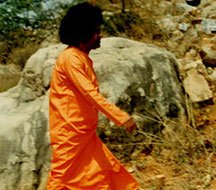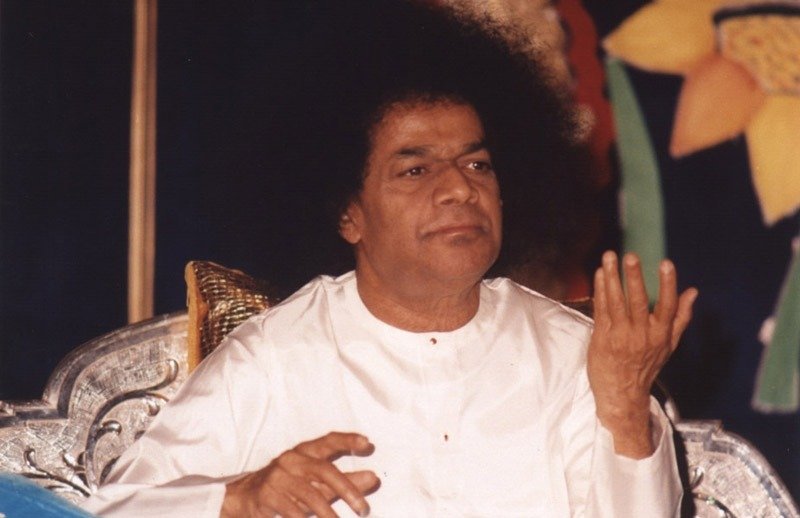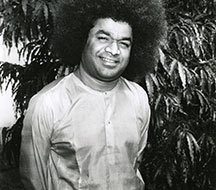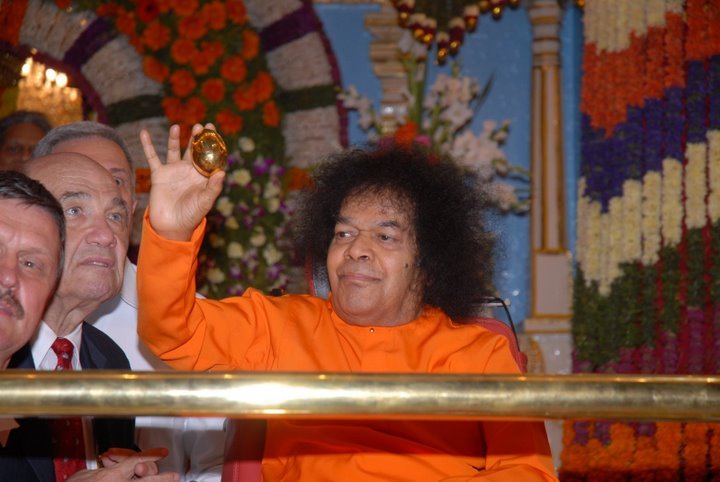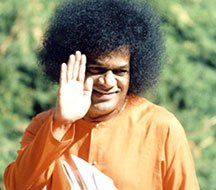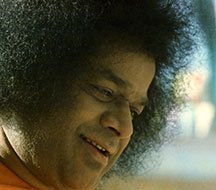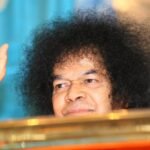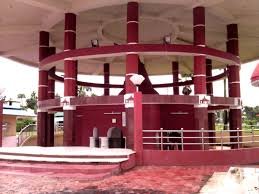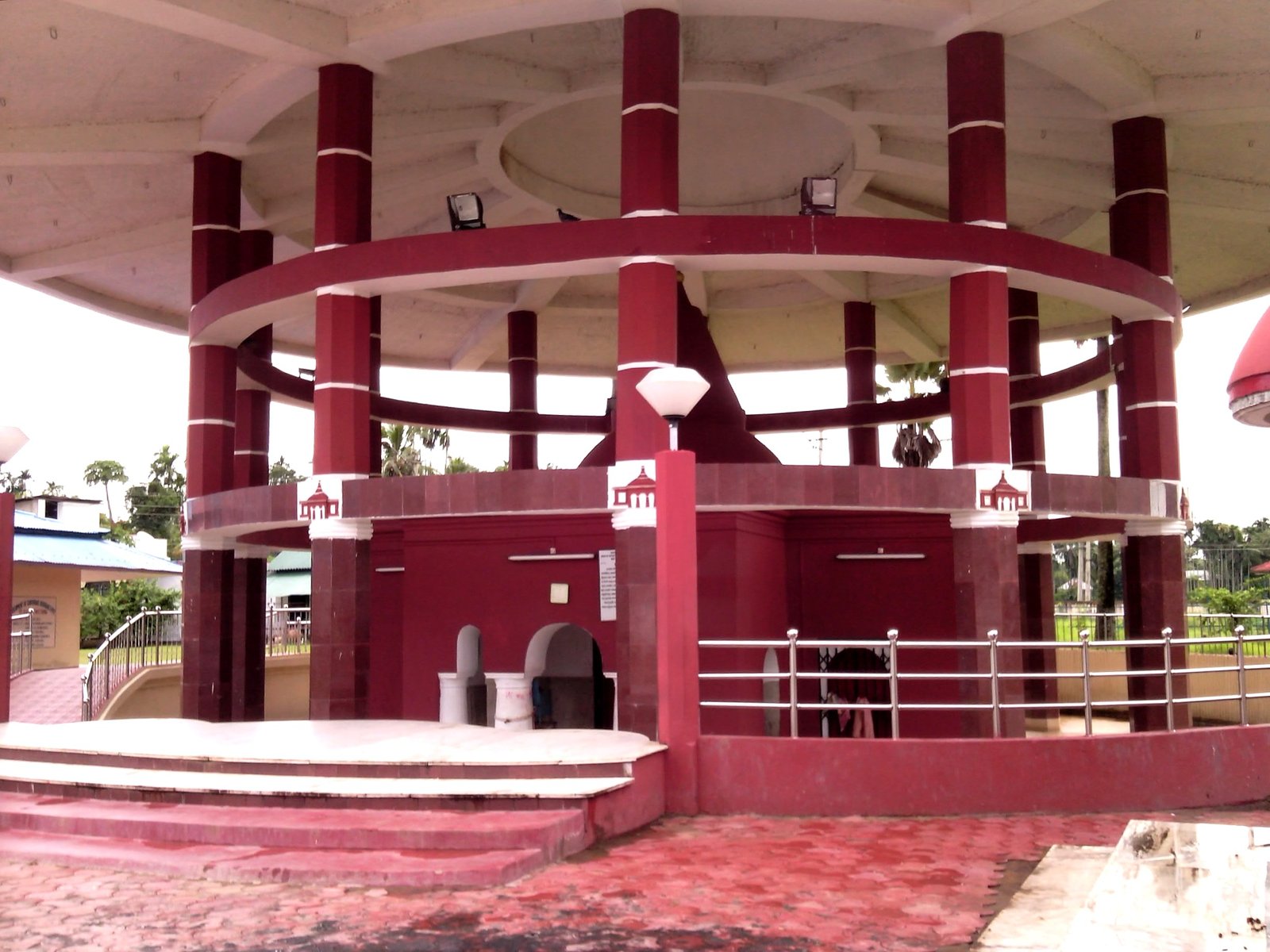Mandirs in Tripura
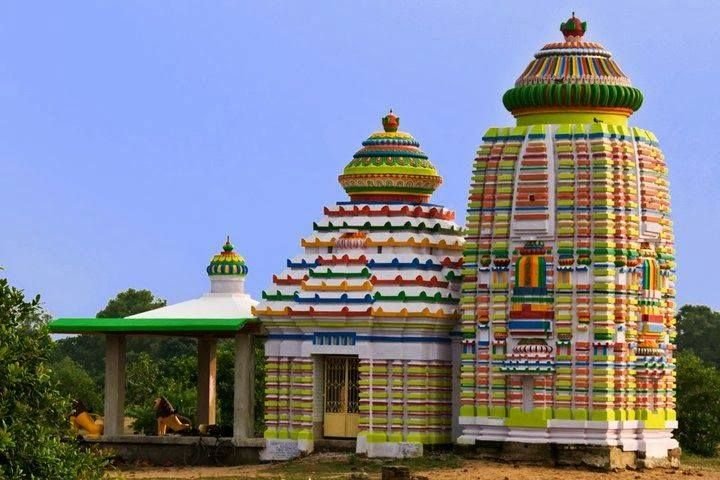
Tripura, a small but culturally rich state in Northeast India, has a deep spiritual heritage reflected in its ancient mandirs. Influenced by both Hinduism and indigenous tribal traditions, the temples of Tripura are centers of devotion, art, and legend. The state is especially known for its Shakti temples, Vaishnavite shrines, and unique architectural styles blending local craftsmanship with Bengal and Manipur traditions.
One of the most revered temples in Tripura is the Tripura Sundari Temple at Udaipur, also known as Matabari. This temple is one of the 51 Shakti Peethas of India, where the right foot of Goddess Sati is believed to have fallen. The sanctum houses a square-shaped idol of Goddess Kali, worshipped as Tripura Sundari, seated on the chest of Lord Shiva. It is considered the state’s holiest shrine, drawing thousands of devotees, especially during the annual Diwali Mela, when the temple becomes the heart of celebrations.
Another important shrine is the Bhubaneswari Temple, built in the 17th century by Maharaja Govinda Manikya. Located on the banks of the Gomati River in Udaipur, this temple is dedicated to Goddess Bhuvaneswari. Its serene surroundings and elegant architecture inspired Nobel laureate Rabindranath Tagore, who mentioned it in his plays Rajarshi and Bisarjan.
The Chaturdash Devta Temple, also in Udaipur, is unique as it enshrines the fourteen deities worshipped by the Tripuri kings. The temple is the center of the famous Kharchi Puja, a week-long festival held every July, where thousands gather to honor the state’s guardian deities with grand rituals, music, and fairs.
The Jagannath Temple in Agartala is another significant Vaishnavite shrine, dedicated to Lord Jagannath along with Balabhadra and Subhadra. Its octagonal base and vibrant orange-yellow exterior make it stand out. The temple hosts an annual Rath Yatra, similar to Puri, attracting large numbers of devotees.
In the heart of Agartala lies the Lakshmi Narayan Temple, built by King Birendra Kishore Manikya in the early 20th century. Dedicated to Lord Vishnu and Goddess Lakshmi, it is one of the most prominent Hindu temples in the state, especially during Janmashtami and Diwali celebrations.
Another sacred place is the Fourteen Gods Temple (Chaturdasha Devata) near Old Agartala, closely associated with the royal family’s religious practices. It is linked with tribal traditions and showcases the fusion of Vedic Hinduism with local beliefs.
The Uma Maheshwar Temple, also located in Udaipur, is dedicated to Lord Shiva and Goddess Parvati. Along with this, there are numerous smaller mandirs dedicated to Shiva, Vishnu, Hanuman, and Shakti scattered across the state, many of which were built under the patronage of the Manikya kings.
In conclusion, the mandirs of Tripura highlight the state’s rich spiritual and cultural history. From the sacred Shakti Peeth of Tripura Sundari to the Vaishnavite devotion of Jagannath Temple, from the tribal-Hindu synthesis of Chaturdash Devta Temple to the elegance of Bhubaneswari Mandir, these shrines form the spiritual backbone of the state. They not only preserve ancient traditions but also serve as vibrant centers of community life, where devotion, art, and heritage come together in harmony.

